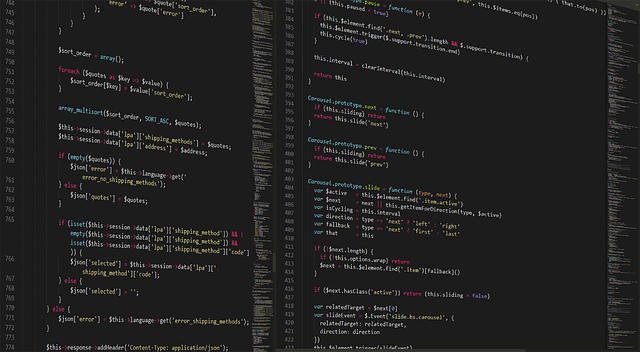In our rapidly evolving world, online education has emerged as a beacon of hope for learners seeking knowledge in ways that fit their lifestyles. However, as we embrace this transformative learning model, we often encounter one significant challenge: redundancy. This pervasive issue can disrupt the flow of knowledge building and create barriers that hinder students’ progress.
Redundancy in an online education platform can take many forms. It might manifest as repetitive content, overly similar courses, or unnecessary processes that waste valuable time and resources. When learners are confronted with the same information repeatedly, their motivation may wane, and their engagement levels can plummet. Consequently, the effectiveness of knowledge building diminishes, sending both educators and students into a frustrating cycle of disengagement.
To combat redundancy, it’s essential for online education platforms to reassess their content offerings. By conducting a thorough content audit, educators can pinpoint overlapping materials that may confuse or bore learners. This not only streamlines the learning experience but also ensures that each piece of content adds unique value. Implementing a clear curriculum that links concepts and ideas can further enhance knowledge retention and application.
Moreover, embracing adaptive learning technologies can significantly reduce redundancy by personalizing the educational journey for each student. By tracking progress and learning styles, platforms can serve tailored content that caters to individual needs, allowing learners to navigate their educational paths without unnecessary repetition. This approach fosters a more engaging environment, enhancing motivation and facilitating knowledge building.
Another key factor in reducing redundancy lies in promoting collaboration among learners. Interactive discussions, group projects, and peer reviews can invigorate the learning process, providing fresh perspectives and diverse insights. Instead of encountering the same ideas, students are encouraged to learn from one another, further minimizing redundancy while simultaneously enriching their knowledge base.
Lastly, ongoing feedback mechanisms are vital in capturing the pulse of learners’ experiences. Educators can utilize surveys and analytics to gather insights on what works and what doesn’t, enabling them to refine content dynamically. This feedback loop can help identify patterns of redundancy and allow for continual improvement in knowledge building efforts.
By actively addressing redundancy, online education platforms can create a more vibrant and effective learning environment. This not only empowers students to reach their potential but also fosters a culture of continuous growth and exploration. Through thoughtful design and innovative strategies, we can transform online education into a truly enriching experience that demolishes redundancy and elevates knowledge building to new heights.



